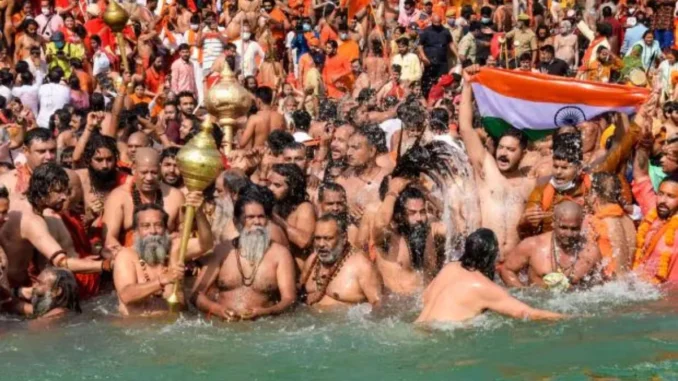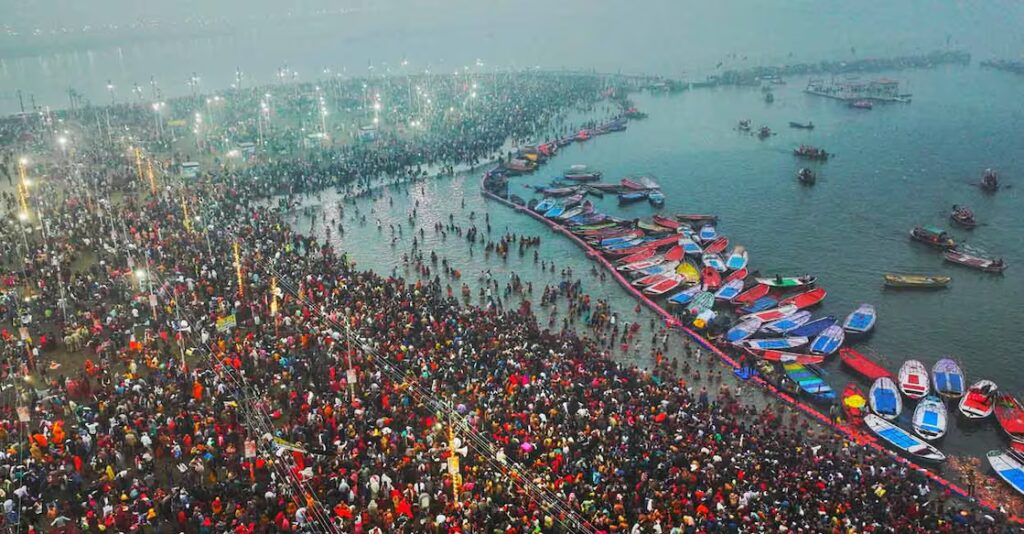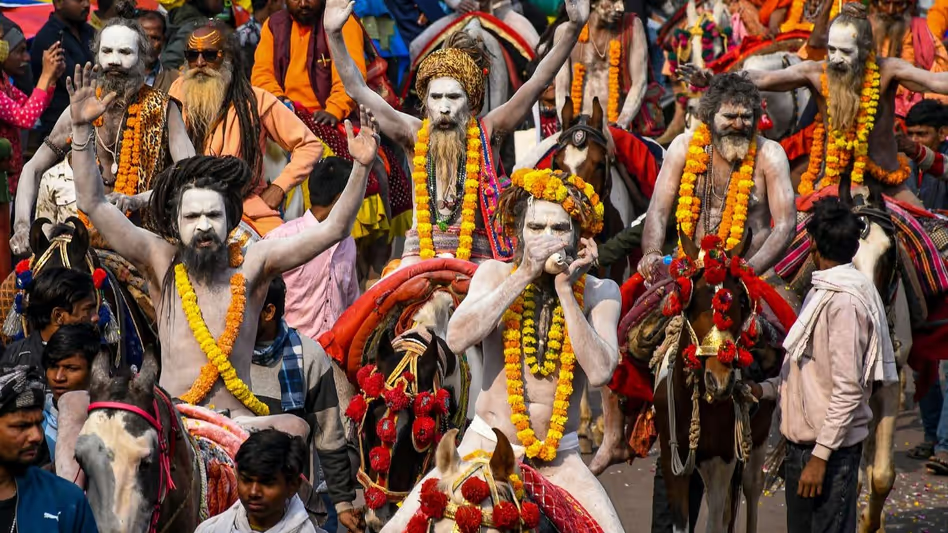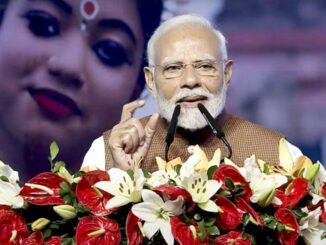
PRAYAGRAJ (TIP): The first three days of the Mahakumbh Mela 2025 have witnessed a massive influx of devotees, spiritual fervor, and meticulous organization in the holy city of Prayagraj. The event, which only occurs once every twelve years, has already set the stage for a grand display of devotion, with millions making the sacred journey to the banks of the confluence of the Ganges, Yamuna, and mythical Saraswati rivers.
Arrival and Inauguration
The grand opening of the Mahakumbh Mela on January 14, 2025, saw an overwhelming crowd of devotees and tourists, all eager to immerse themselves in the spiritual significance of the event. The day began with a ceremonial bathing procession led by religious leaders and saints, setting the tone for the vast spiritual celebration to follow.
Authorities reported the arrival of approximately 3 million pilgrims on the first day, all partaking in the ritual baths and praying at the temporary tented settlements that have sprung up along the riverbanks. As the day unfolded, the mesmerizing sight of pilgrims offering prayers and taking a holy dip in the Sangam resonated deeply with both locals and visitors. Special arrangements, including security and healthcare services, were put in place to ensure the safety and well-being of all attendees.

The First Shahi Snan
January 15 marked the first Shahi Snan (royal bath) of the Mahakumbh, a key moment in the Mela where ascetics, saints, and spiritual leaders take their ceremonial dips. This day attracted an estimated 5 million pilgrims, including thousands of Naga sadhus, the naked ascetics renowned for their fierce devotion. The sight of the Naga sadhus leading the procession to the river’s edge added a dramatic and powerful element to the event.
The sacred bath is believed to purify the soul and cleanse sins, a tradition followed by millions who gathered from across the country and abroad. Many pilgrims were seen traveling on foot, some barefoot, through miles of sacred paths to reach the river. Several prominent spiritual leaders and gurus addressed the crowd, reinforcing the deep religious and cultural significance of the Mahakumbh Mela.
Spiritual discourses and cultural celebrations
On January 16, the crowd remained steady as devotees continued to arrive in large numbers. Temples and makeshift pandals (tents) filled with spiritual discourses, cultural performances, and religious activities offered a space for reflection and celebration. Pilgrims engaged in yoga sessions, meditation, and group chants, underscoring the spiritual essence of the Mela.
In addition to the religious rituals, several cultural programs were organized throughout the day. Traditional dance, music, and art performances brought the vibrant cultural heritage of India to the forefront, adding to the sense of unity and collective spirituality. Many local artists and craftsmen also set up stalls to showcase their work, contributing to the lively atmosphere of the event.
Infrastructure and logistics
Authorities have made extensive arrangements to handle the massive crowds, with a focus on ensuring safety and comfort for the pilgrims. Over 50,000 police officers, paramedics, and volunteers are deployed to maintain order and provide assistance where needed. Special trains, buses, and temporary accommodation facilities have been set up to cater for the millions of visitors arriving daily. Clean drinking water, food stalls, and medical camps are also available across the venue.

With ongoing health and safety measures, including sanitation facilities, temperature checks, and COVID-19 monitoring, the administration is striving to provide a safe environment amidst the heavy footfall.
The Mahakumbh Mela 2025 is expected to continue its spiritual and cultural momentum in the coming weeks, with several more significant bathing days and religious activities scheduled. The Mela will culminate with the final Shahi Snan on the auspicious day of Mauni Amavasya, expected to draw the largest crowd.
For millions, the Mahakumbh is more than just an event—it is a journey of faith, purification, and renewal. As the first three days have shown, it is a living testament to India’s rich spiritual heritage, drawing people from all walks of life to experience a profound connection with the divine.



Be the first to comment